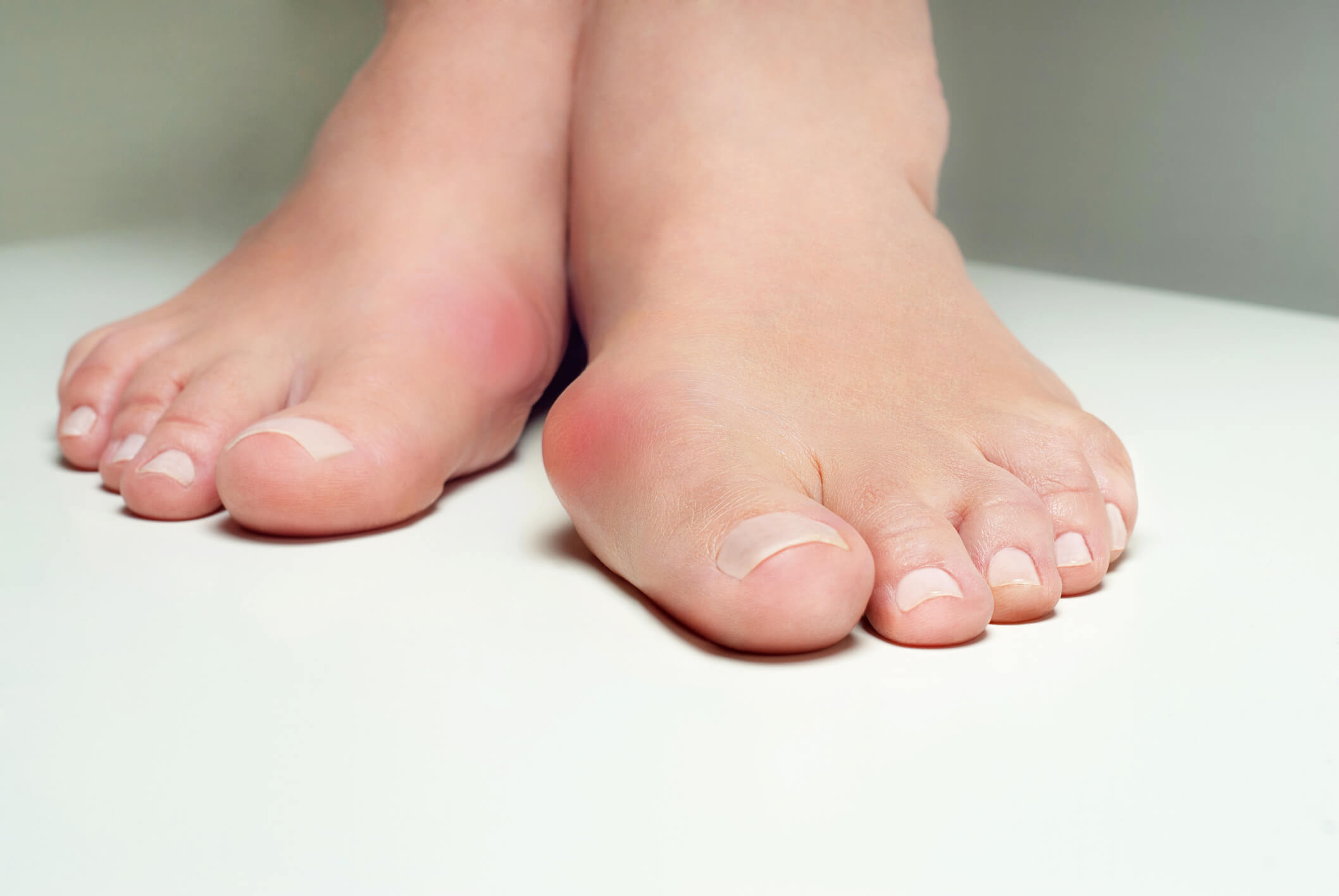Mr Lee Parker
Consultant Foot and Ankle Surgeon
Specialist expertise: Foot and Ankle Conditions, Orthopaedics, Foot & Ankle, Bunions, Hammer Toe, Sports Injuries, Achilles Tendon Surgery.

A bunion is a bump that develops at the joint of the big toe. They are painful and develop slowly over time. They develop from pressure placed on the big toe joint, causing the big toe to lean toward the second toe. After a period of time, this causes the bone structure to change, making it painful to walk or wear shoes. Bunions occur more often in people who wear tight shoes that squeeze the toes together, and if left untreated, symptoms can worsen over time.
Symptoms primarily include a swollen bump on the outside of your foot, next to the big toe. This bump will cause the toe to point inwards. This can cause swelling and pain in and around the big toe made worse by applying pressure on it. The skin around the bunion may also be hard and red, with soreness causing difficulty when putting on shoes.
To prevent bunion injuries, it is important to keep track of the shape of your feet over time to look out for any noticeable changes. Aim to wear shoes that fit your feet properly without pinching or discomfort that squeezes your toes together, and avoid wearing pointed toe shoes. You can also prevent bunions by strength exercises for your feet, such as picking up small objects with your toes, or by doing toe stretches.
Some of the main risk factors for getting a bunion include:
If your bunions are causing significant pain, we offer bunion surgery to help alleviate symptoms. Bunion surgery either removes or realigns the bone sticking out on your big toe. Non-surgical treatments do exist including medication, bunion pads, insoles and splints.
Currently selected day
Available consultations
Introduction
Symptoms
Pain and swelling
Prevention
Wear comfortable shoes
Risk factors
Treatment options
We boast a truly integrated team of orthopaedic surgeons, sports medicine physicians, podiatric surgeons, rheumatology specialists, paid medicine consultants and hand therapy specialists. All of these services work together in one place, enabling us to give patients the best care possible.